Spitfire PH-OUQ
Year built
1944
Aircraft
Spitfire LF.IXc
Base
Gilze-Rijen Air Base
The Spitfire left the production plant in 1944 and was taken on strength with the Royal Air Force later that year with serial number MK732. Once delivered to the Royal Air Force the MK732 was transferred to No. 485 (New Zealand) Squadron and saw action over the Normandy beaches during Operation OVERLORD.
In 1947 the Spitfire was sold to the Koninklijke Luchtmacht (Royal Netherlands Air Force) where it served until 1953 with a new serial number H-25 and later 3W-17.
In 1956, MK732 was reclaimed for the RAF by members of 14 Squadron after they removed the airframe from Eindhoven during a squadron visit and restored her for display at Oldenburg.
On the 18th of January 1991, the aircraft was sold to DSG (GUERNSEY) Ltd where it received a civil registration G-HVDM.
In 1996 it was sold to Jacobas Johannes Van Egmond Trading and ferried to the Netherlands.
On the 11th of October 2000, the Spitfire was bought by Royal Netherlands Air Force Historic Flight where she received a new civil registration PH-OUQ and new Royal Netherlands Air Force colours with 3W-17 markings. To this day the Spitfire remains at the Gilze-Rijen Air Base and is being flown regularly.
| Back to Top |
Supermarine Spitfire LF.IXc
The Supermarine Spitfire is a British single-seat fighter aircraft that was used by the Royal Air Force and other Allied countries before, during, and after World War II. Many variants of the Spitfire were built, using several wing configurations, and it was produced in greater numbers than any other British aircraft. It was also the only British fighter produced continuously throughout the war. The Spitfire continues to be popular among enthusiasts; nearly 60 remain airworthy, and many more are static exhibits in aviation museums throughout the world.
The Spitfire was designed as a short-range, high-performance interceptor aircraft by R. J. Mitchell, chief designer at Supermarine Aviation Works, which operated as a subsidiary of Vickers-Armstrong from 1928. Mitchell pushed the Spitfire's distinctive elliptical wing with cutting-edge sunken rivets (designed by Beverley Shenstone) to have the thinnest possible cross-section, helping give the aircraft a higher top speed than several contemporary fighters, including the Hawker Hurricane. Mitchell continued to refine the design until his death in 1937, whereupon his colleague Joseph Smith took over as chief designer, overseeing the Spitfire's development throughout its multitude of variants.
During the Battle of Britain, from July to October 1940, the public perceived the Spitfire to be the main RAF fighter, though the more numerous Hurricane shouldered a greater proportion of the burden against Nazi Germany's air force, the Luftwaffe. However, Spitfire units had a lower attrition rate and a higher victory-to-loss ratio than those flying Hurricanes because of Spitfire's higher performance. During the battle, Spitfires were generally tasked with engaging Luftwaffe fighters—mainly Messerschmitt Bf 109E-series aircraft, which were a close match for them.
After the Battle of Britain, the Spitfire superseded the Hurricane to become the backbone of RAF Fighter Command and saw action in the European, Mediterranean, Pacific, and South-East Asian theatres. Much loved by its pilots, the Spitfire served in several roles, including interceptor, photo-reconnaissance, fighter-bomber, and trainer, and it continued to serve in these roles until the 1950s. The Seafire was a carrier-based adaptation of the Spitfire that served in the Fleet Air Arm from 1942 through to the mid-1950s. Although the original airframe was designed to be powered by a Rolls-Royce Merlin engine producing 1,030 hp (768 kW), it was strong enough and adaptable enough to use increasingly powerful Merlins and, in later marks, Rolls-Royce Griffon engines producing up to 2,340 hp (1,745 kW). As a result, the Spitfire's performance and capabilities improved over the course of its service life.
The Mk LFIXe Spitfire was built in March 1944 and fitted with a Merlin 66 engine with a two-speed, two-stage supercharger optimised for low altitudes.
| Back to Top |
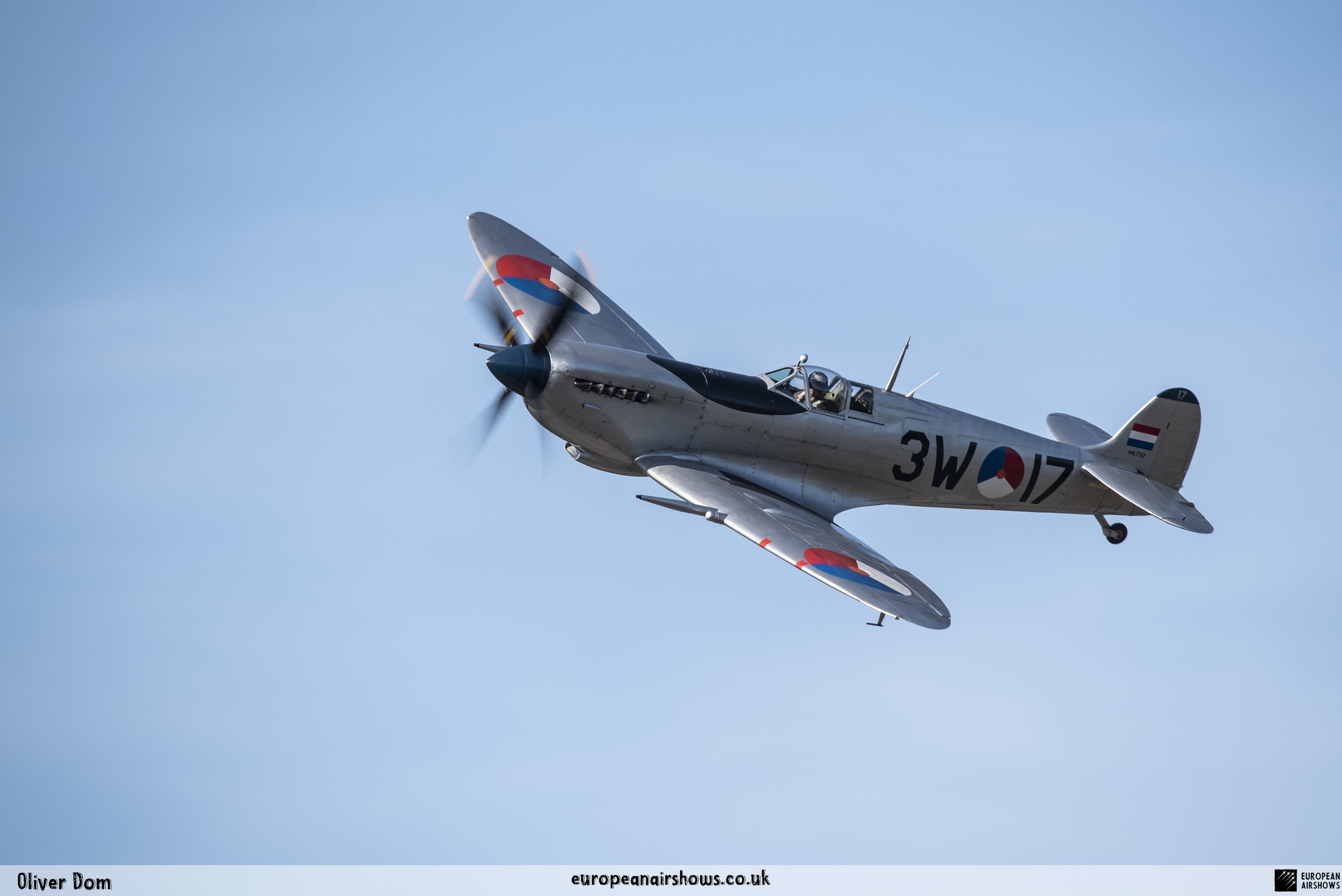
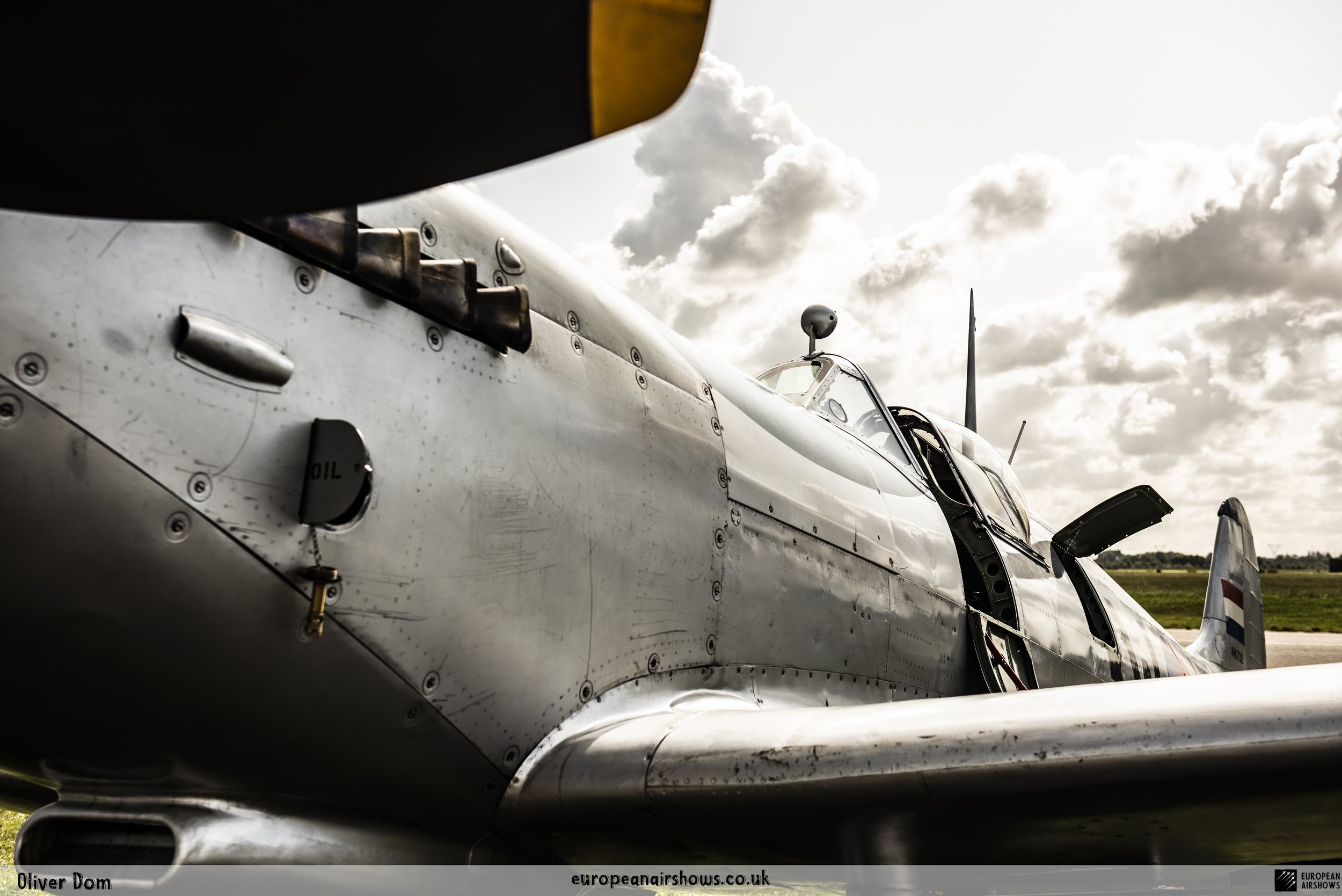
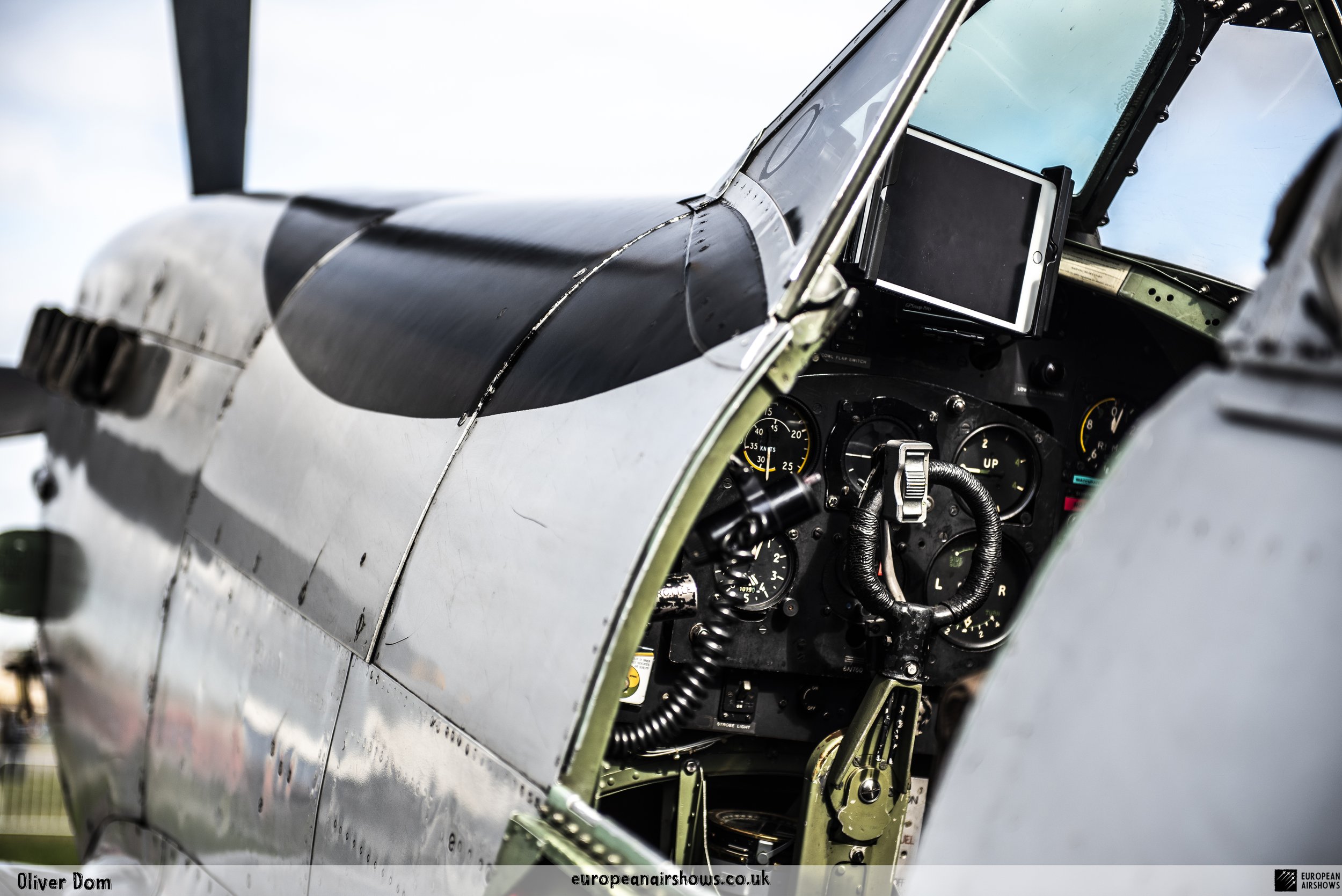
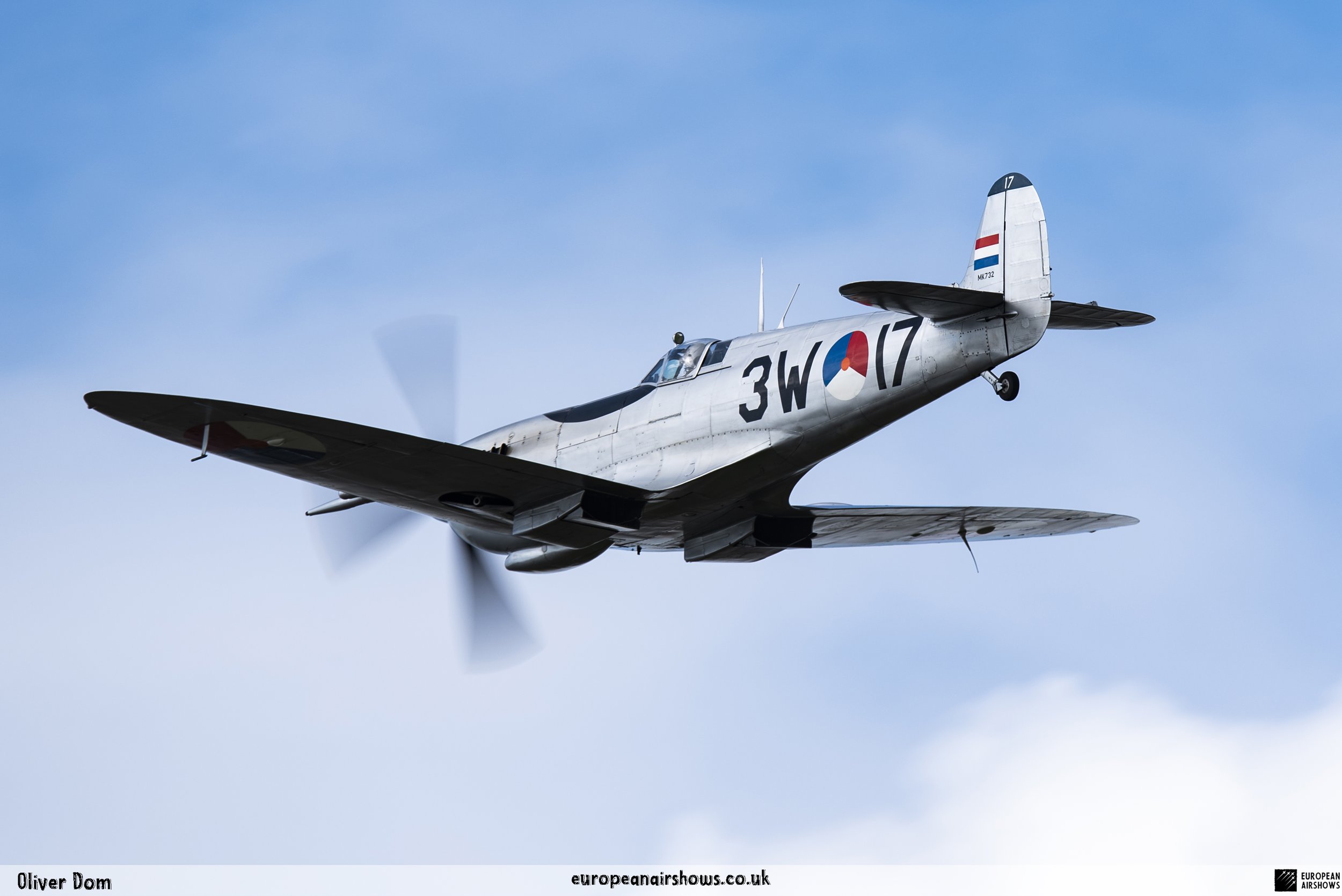
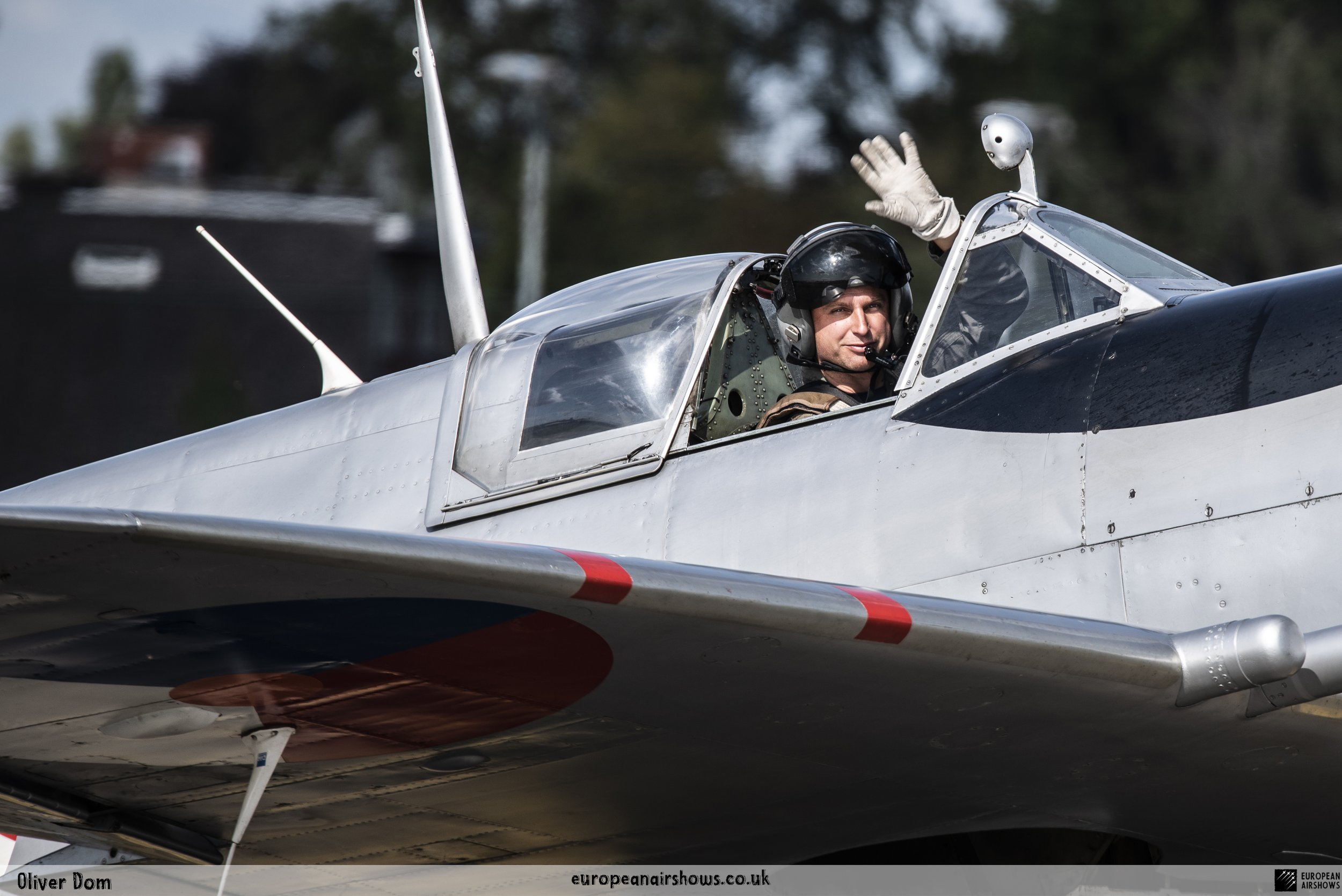
| Back to Top |






